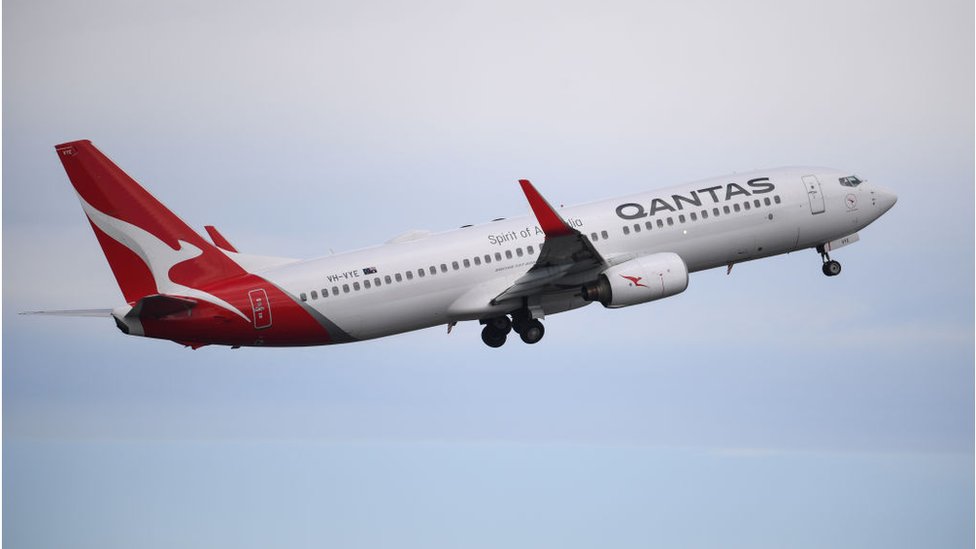Australia’s High-Speed Rail Authority (HSRA), launched in June 2023, is actively recruiting top-tier global experts to spearhead the development and strategic planning of the nation’s inaugural high-speed rail link connecting Sydney to Newcastle.
In a bid to expedite progress, the federal government has initiated a tender process for eight distinct work packages. These packages are integral to assisting HSRA in formulating a comprehensive business case for the proposed high-speed rail line by year-end.
The delineated work packages encompass a diverse range of critical functions. This includes project controls, tasked with managing costs, schedules, and risk factors; rail operation planning to optimise operational efficiency; fostering first nations’ participation and engagement to ensure cultural sensitivity and inclusivity; and commercial aspects, encompassing delivery strategies and fostering industry engagement.
These initiatives are pivotal in shaping crucial components of the business case, such as the proposed route alignment, station placements, selection of the optimal train fleet, as well as accurate cost projections and construction timelines.
Underscoring its commitment to the project, the federal government has earmarked a substantial sum of USD A 500 million (USD 329 million) for the initial planning phase and land acquisition necessary for the Sydney-Newcastle corridor of the envisioned high-speed network. The government’s mandate is clear: to finalize the business case within the stipulated timeframe.
HSRA assumes the mantle of overseeing the comprehensive network construction. Working in concert with state and territory administrations, as well as engaging with industry stakeholders, businesses, and local communities, HSRA is poised to orchestrate a collaborative effort aimed at realising Australia’s high-speed rail ambitions.
The trajectory set by HSRA reflects a paradigm shift in Australia’s transportation landscape. As the nation embarks on this transformative journey towards high-speed rail connectivity, it underscores a commitment to fostering sustainable, efficient, and accessible transportation infrastructure. This ambitious endeavor not only promises to enhance intra-city connectivity but also holds the potential to revolutionise regional development, foster economic growth, and fortify social cohesion across the Australian landscape.






